KATHMANDU, NEPAL — Nearly two decades after Nepal abandoned its monarchy and declared itself a federal republic, the country is once again in turmoil.
Protests and riots rocked Kathmandu in early September after the government banned 26 social media platforms for what authorities said was failure to comply with registration requirements. These riots, while partly motivated by concerns about free speech, were also a manifestation of anger over government corruption and discontent with the ruling class. So far, at least 73 people have died from injuries sustained during the unrest.
Many protesters were simply angry at the current administration – and one result of the protests was the resignation of Prime Minister KP Sharma Oli. But many sought a more radical change: a return to monarchy and the restoration of Hinduism as the state religion.
This is not the first time that public resentment has been expressed. In March and again on May 29 – Nepal’s Republic Day – thousands of people took to the streets to demand the return of the king.
These movements come from different audiences and present different demands, but they reflect a growing frustration with Nepal’s political order, says political analyst Chandra Dev Bhatta. What people are asking for, he says, is a change in the system and reforms in the country.


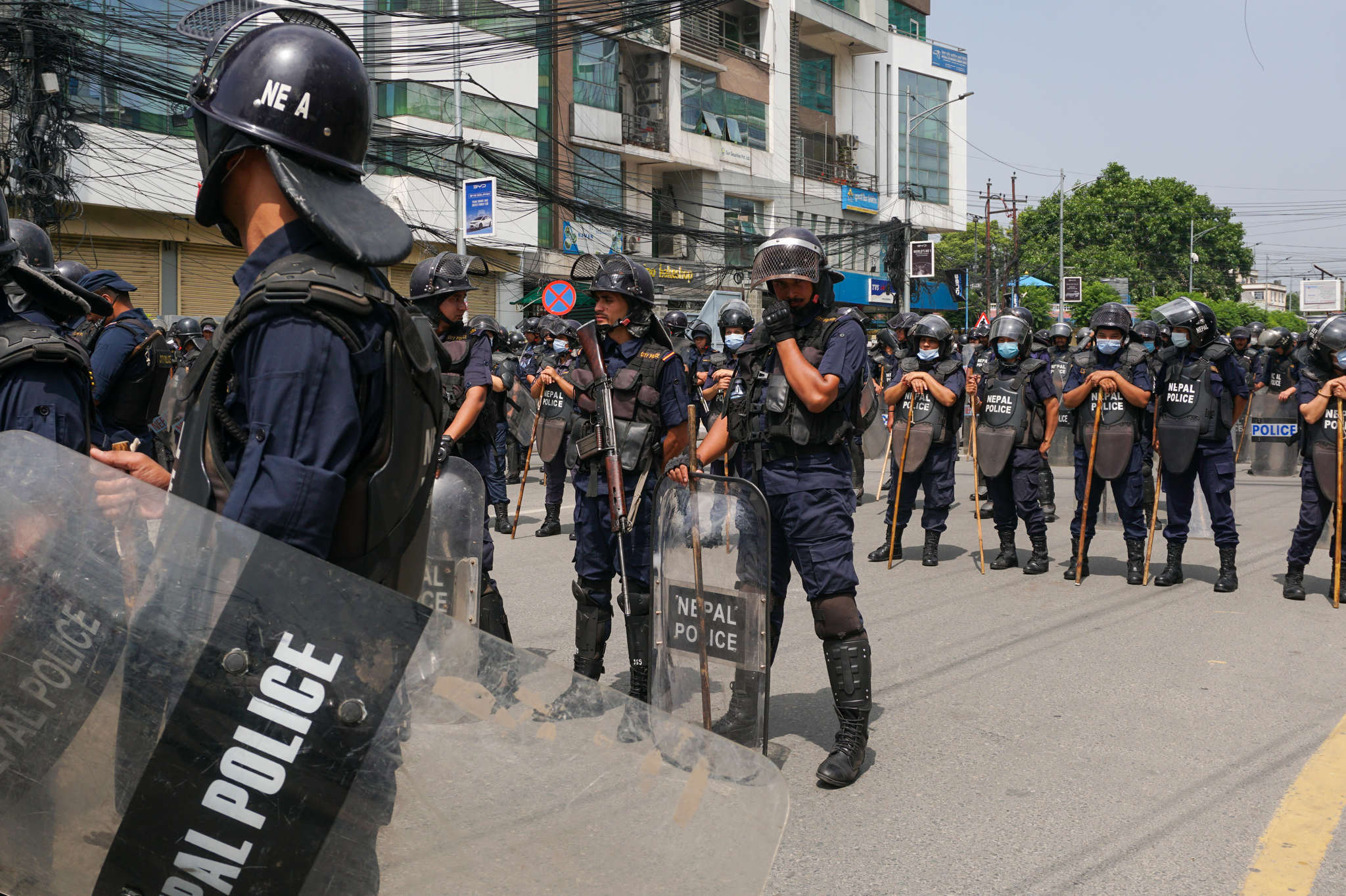
In the 17 years since the abolition of the monarchy, the country has seen 16 governments. Pro-monarchists say none have delivered on the promises that inspired the republic in the first place.
“Inflation has pushed the poor and voiceless even further down,” says Shyamsundar Acharya.
Acharya is 23 years old – too young to remember his life under a Nepalese kingdom. But he heard his grandmother’s stories. A monarchy guaranteed basic human rights, he said.
Since moving to Kathmandu to study three years ago, Acharya says he has faced extreme financial difficulties.
“Even in a big city like the capital of Nepal, there are no real job opportunities,” he says. “A king cares about his people, but political parties only care about their loyal cadres. »
But some believe that a return to the crown would not solve Nepal’s problems. Bhavisha Malla, whose husband was one of two people who died during pro-monarchy protests on March 28, says Nepal’s problems stem from the dysfunction of those in power.
“Whether the country is ruled by a king or a republic, it doesn’t matter,” she says. Her husband, a 27-year-old driver, left their home in Kathmandu on the morning of the March protests to get his car repaired before work. He joined the protests.
Hours later, he was dead, shot by police, she said.
“Both systems did not do justice to our family,” she said.


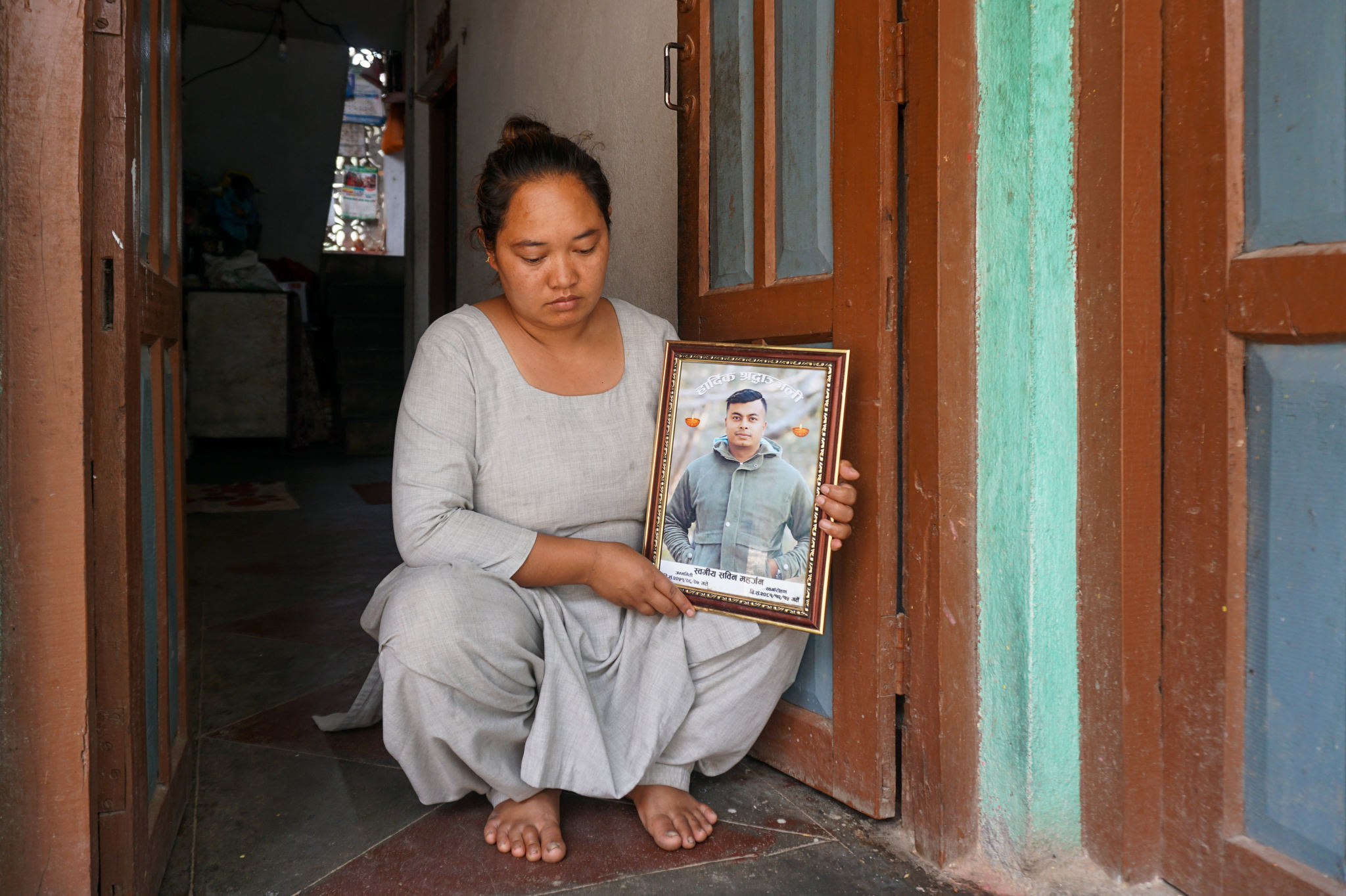
From kingdom to republic
For over 200 years, kings ruled Nepal. They have often resisted reforms and set back democratic progress.
In 1960, King Mahendra dismissed the country’s first elected government, banned political parties, and ruled directly for the next three decades. Although the 1990 protests forced the establishment of a multi-party democracy, the monarchy continued to act above the constitution.
At the same time, frustration with inequality and state neglect fueled a decade-long Maoist insurgency that left at least 13,000 dead and 1,300 missing.
Then, in 2001, most of the royal family – including King Birendra – were massacred in the palace. His brother, Gyanendra, became king, but he never gained the public’s trust. In 2005, he overthrew the government and took absolute power. Protests broke out across the country.
In a radical change, Maoists and major political parties, long at odds, united to oppose the king. Two years later, a newly elected assembly voted to abolish the centuries-old monarchy and declared Nepal a secular federal republic.
“It’s all just rumors”
Ram Prasad Upreti, who helped lead the 2006 People’s Movement, says he remembers marching against the king, calling him a murderer and a traitor who should leave the country.
At the time, Upreti says, he believed that a new political system would bring jobs for young people, economic development and a government truly representative of the people.
But that was not the case. Leaders who fought for the new system and once lived modestly became rich and alienated the people, he said.


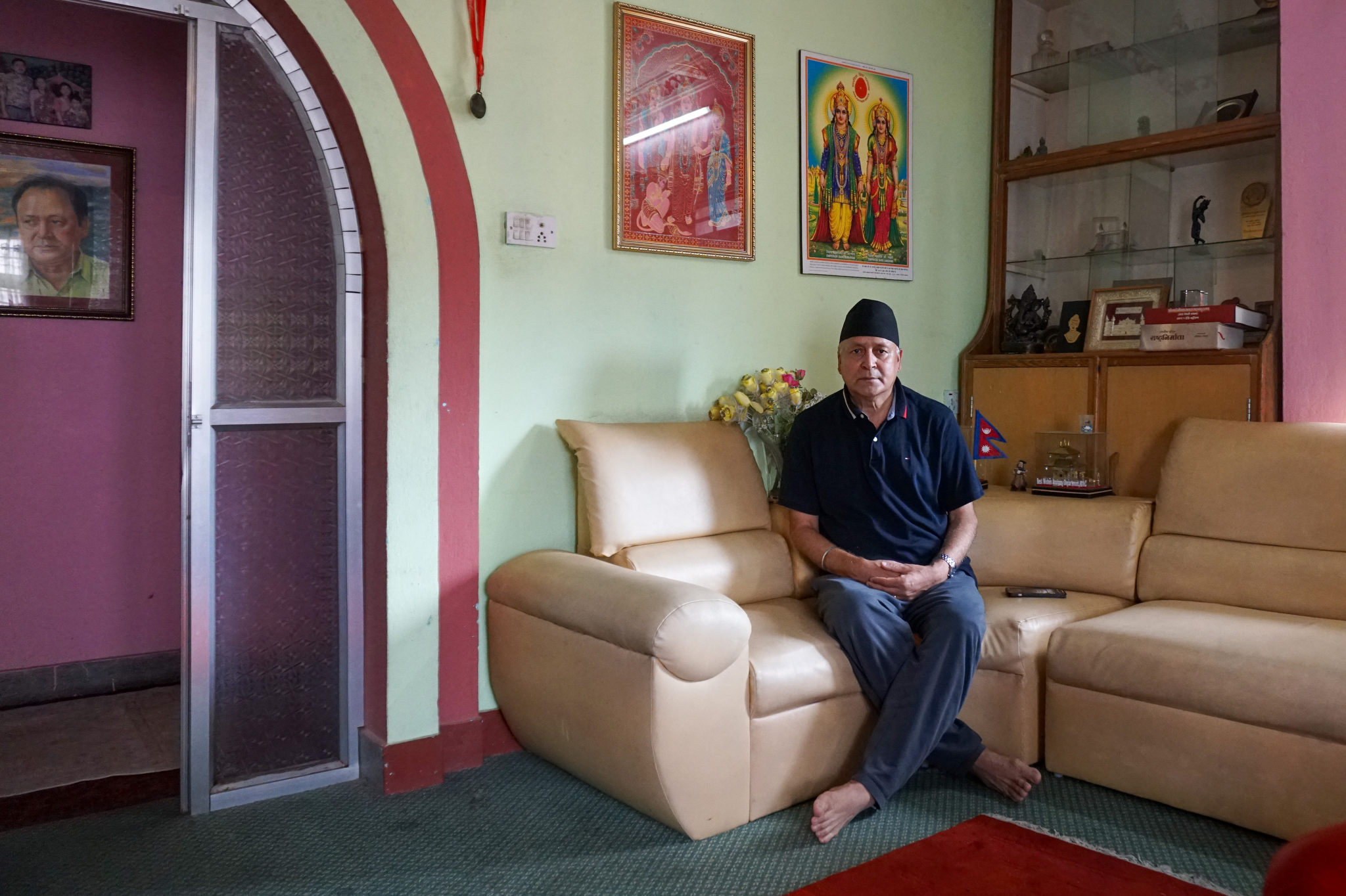
The country is struggling with unemployment. In 2024, youth unemployment stood at around 10.7%. Every day, around 1,500 young Nepalese leave the country to work. By 2024, the money they sent home represented more than 25% of the country’s gross domestic product.
Widespread corruption has worsened economic challenges. Nepal ranks 107th out of 180 countries on Transparency International’s Corruption Perceptions Index. About 84 percent of the country’s residents believe government corruption is a major problem, according to Transparency International.
The monarchy, believes Upreti, which is marching for its return, could be a unifying institution.
“A country is not only its land. It is also its religion and its culture. The monarchy unites all of this,” he says.
For Bahadur Singh, who came from Doti district to attend pro-monarchy protests in May, it is a question of justice for his family. This 68-year-old man says that in 2001, Maoist fighters burned down his three houses. They killed his older wife and tied his younger wife, who was pregnant, to a tree. She had a miscarriage. Then, he says, they threw his 3-year-old son into the forest. The son survived but was scarred.
The republic has promised justice and created a Truth and Reconciliation Commission in 2015 to investigate these human rights violations, but little has been done to ensure justice is served.
“We thought everyone would get justice, but it’s all rumours,” says Bahadur, who believes a monarchy could restore justice. “We have known the republic, but the exploitation has not stopped. »


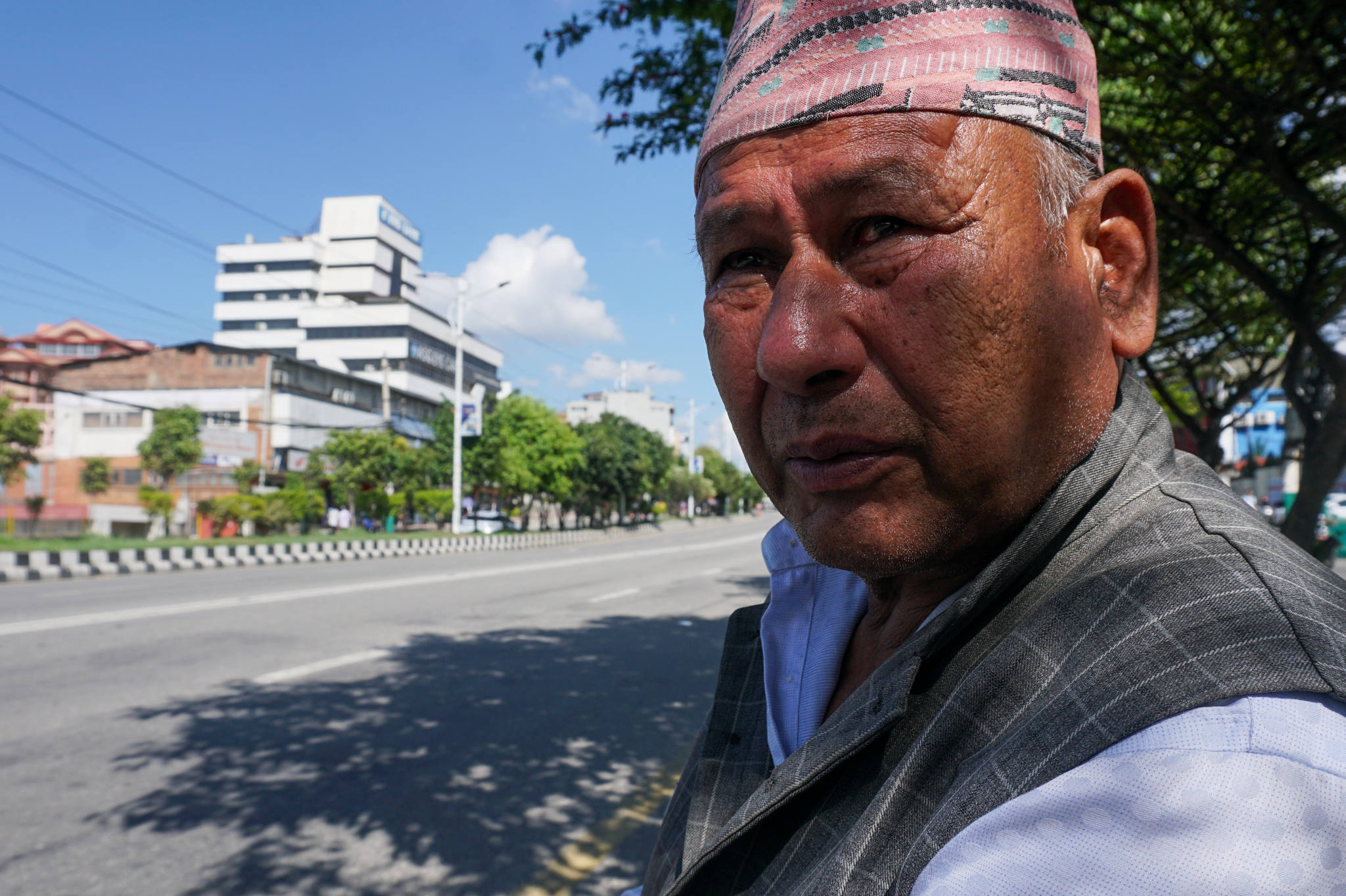
Bahadur thinks a king would work for the people.
But for Sushil Nepali, a 24-year-old student from Sindhupalchowk, the current system works very well. In fact, he says, it is a significant improvement from the days of monarchy, when caste discrimination was deep-rooted and Dalits like him did not have access to sacred texts like the Vedas and the Gita.
Even though little has changed, he says he no longer accepts it in silence. The Maoist movement that ushered in change, he says, gave marginalized communities like his the courage to resist oppression.
A functioning republic?
Part of the problem is that no real steps have been taken to establish a functioning republic, says Ram Karki, who spent 10 years in hiding during the Maoist insurgency and later served as information minister between August 2016 and May 2017.
He argues that instead of building a truly new political system as many hoped, former Maoist leaders conformed to the practices of traditional parties.
Frequent leadership changes and shifting alliances have also made it difficult for a government to stay in power long enough to keep its promises, says Pradeep Kumar Gyawali, a senior leader of the Nepal Communist Party and former minister of foreign affairs and culture, tourism and civil aviation.
“When governments are unstable, the policies they implement are unstable and ineffective, ultimately hampering service delivery and development efforts,” he says.
In a way, Gyawali adds, “the Maoist armed conflict has set Nepal back considerably.”
After the 2006 peace agreement, he says, it took another decade to complete the transition, which ended with the 2015 constitution. The years of war and its aftermath limited the country’s development and resources, he says. A major earthquake and the pandemic have also slowed progress.


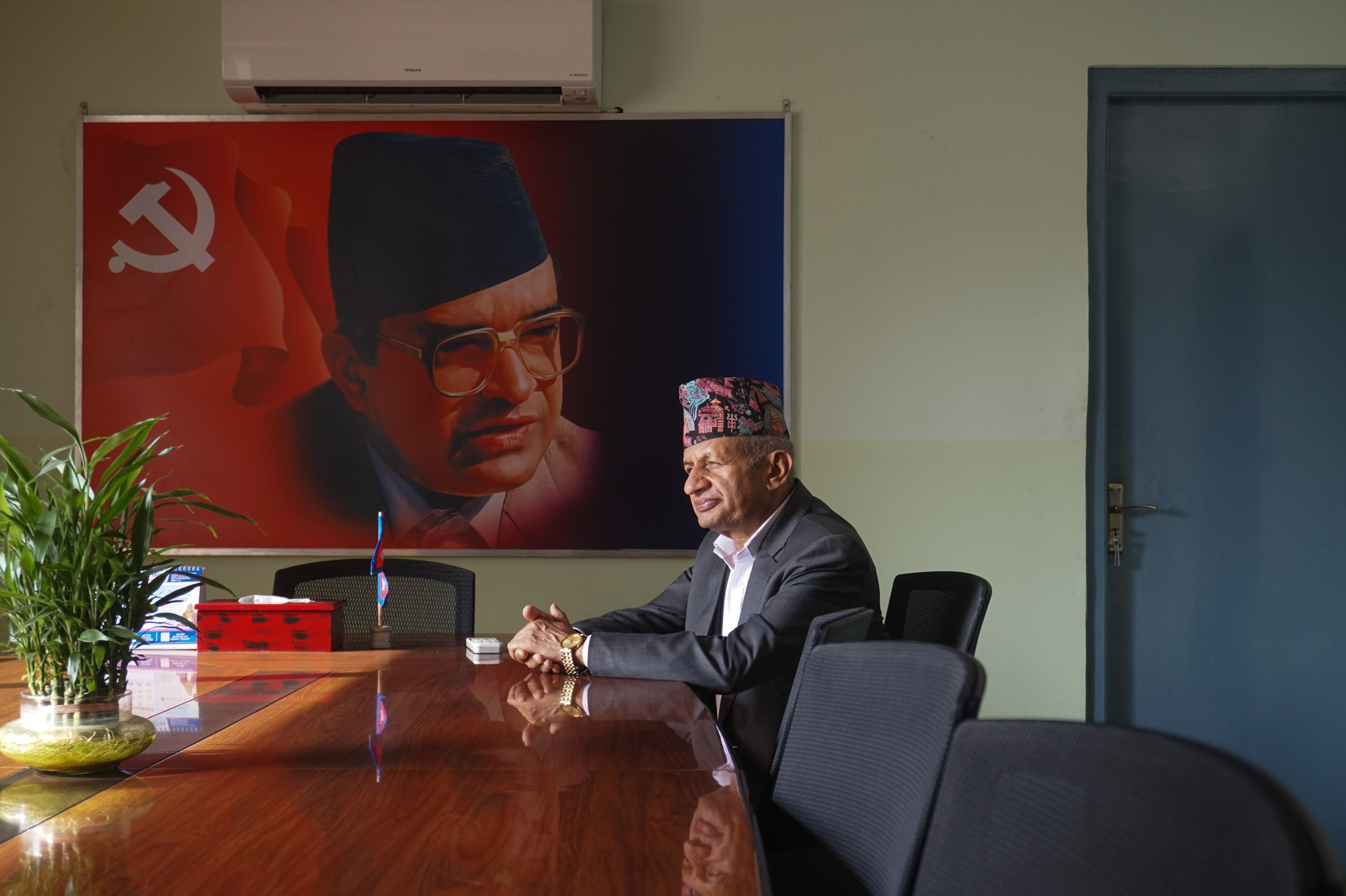
But Gyawali points to significant victories. As of July this year, all 77 district towns in Nepal were connected by road and electricity now reaches 99% of the population, up from just 58% in 2016. Poverty has also fallen dramatically: more than half the population was poor in 1995, but projections for this year put it below 6%. Extreme poverty, according to World Bank data, is almost eradicated.
“Public expectations are high,” he said, adding that “the royalists have used this discontent to their own advantage.” It is, he says, an attempt by monarchists to regain power.
For some, the desire for monarchy resembles nostalgia for a system that was no less broken. Political analyst Krishna Pokharel believes that the abolition of the monarchy was the result of its authoritarian actions, democratic movements and the Maoist insurgency.
And these attempts to bring back the king, he says, only hinder true democracy. It is unrealistic to expect people to accept his reinstatement, especially when an ordinary citizen can now become president. People simply want leaders who can do better than current leaders, he says.
Demands for justice
Restoring the monarchy would require constitutional changes, says constitutional expert Bipin Adhikari. This process would require a two-thirds majority in Parliament and a public referendum.
This is highly unlikely, said former government spokesperson Prithvi Subba Gurung. “There will be no monarchy if a few people jump up and down,” he said. This pro-monarchy movement, Gurung adds, lacks legitimacy and is unlikely to gain momentum.
Whether the systems change or not, Malla, whose husband died during the March protests, says all she wants is justice for his death. She hopes the government will form a commission to investigate her husband’s murder. Instead of expressing condolences, she said, the government instead “put a price” on her husband by offering him 1 million Nepalese rupees ($7,048) in compensation.
“Is my husband only worth a million?” she said.
These days, his daughter comes home from school in tears, begging to be taken to her father. Malla said: “I can only give him my own tears. »
